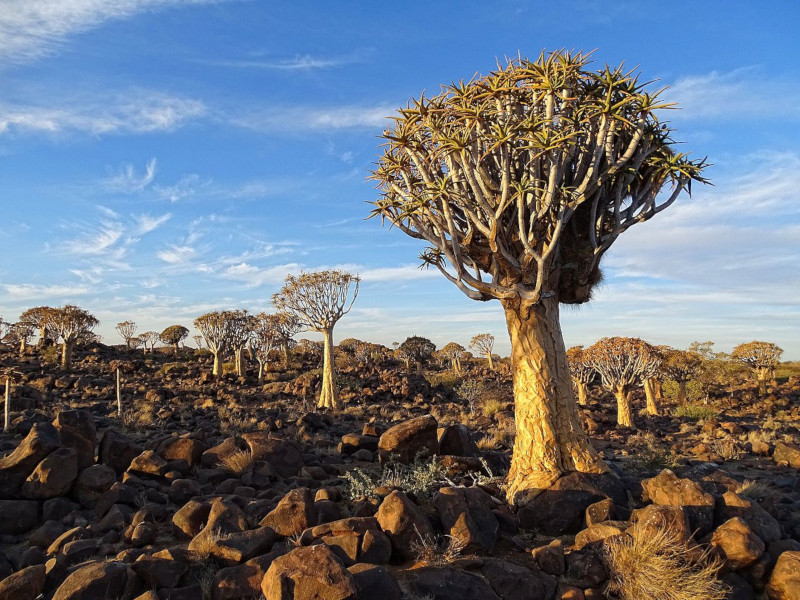
Quiver Tree Facts
- The highly attention-grabbing term of Quiver Tree serves as the primary common name for a highly unusual variety of plant. Within certain portions of its habitat range, some people additionally know the amazing marvel of Nature as the kokerboom.
- The remarkable flora, furthermore, also bears the less pronounceable scientific name of the Aloidendron dichotomum. The most often used common name, however, remains somewhat confusing. This holds true because, despite that name, it isn’t actually a tree.
- In fact, this plant classifies as an incredible variety of succulent, though it’s treated as a tree. Its common name further derives from the language of the local Indigenous Peoples. They traditionally use its branches to make quivers for their arrows.
- For the moment, the IUCN does not list the awesome Quiver Tree on its Red List of Threatened Species. Nevertheless, this status could potentially change in the near future. That’s because its numbers also appear to be diminishing throughout its range.
- Sadly, this fabulous plant currently faces multiple threats to its survival. Loss of its native habitat serves as one of the dangers it faces. But undoubtedly, its greatest threat comes in the form of ongoing climate change, like so many other species on earth.
Related Articles
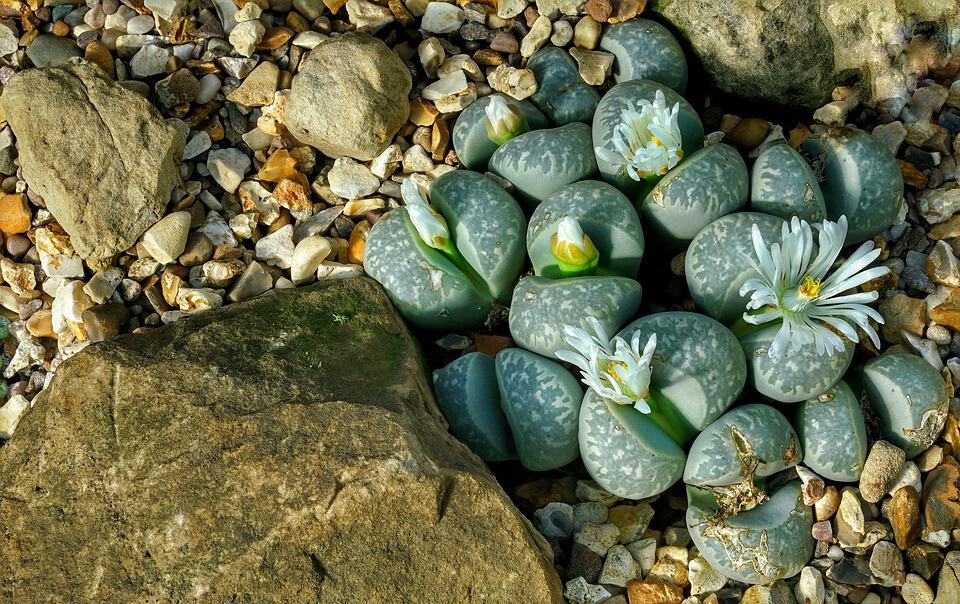
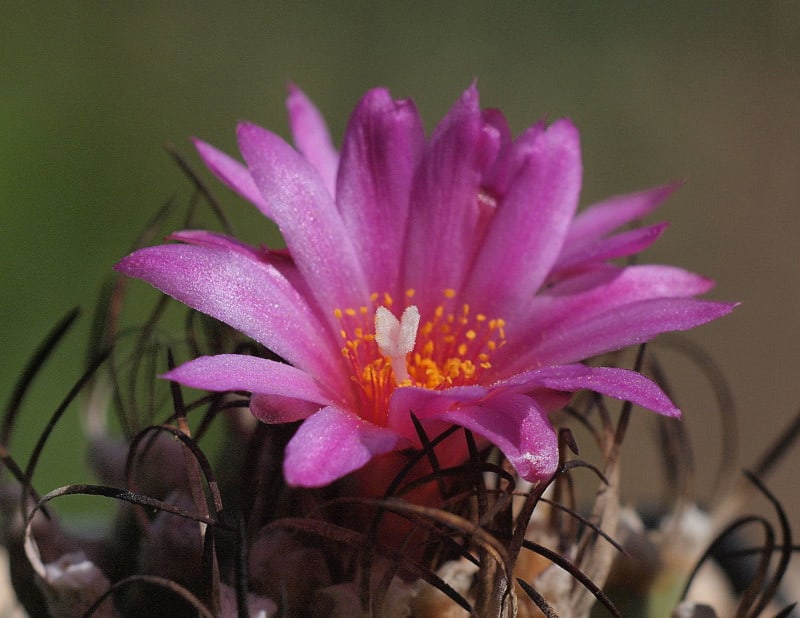
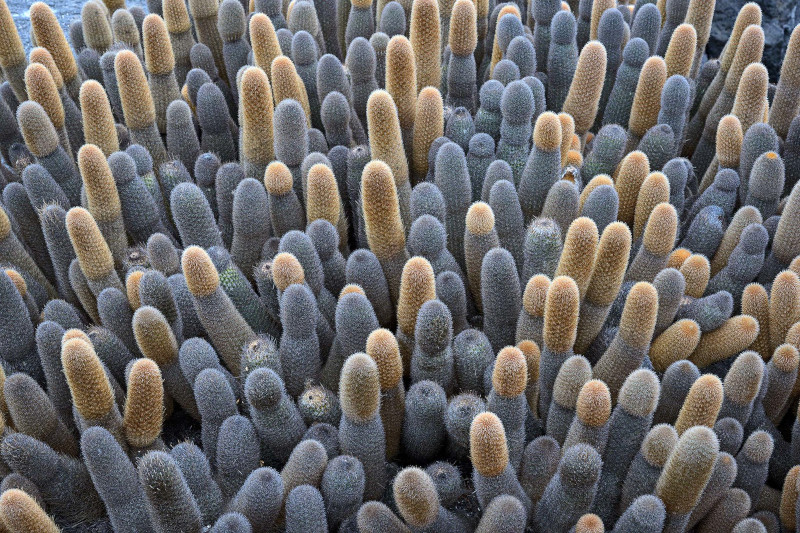
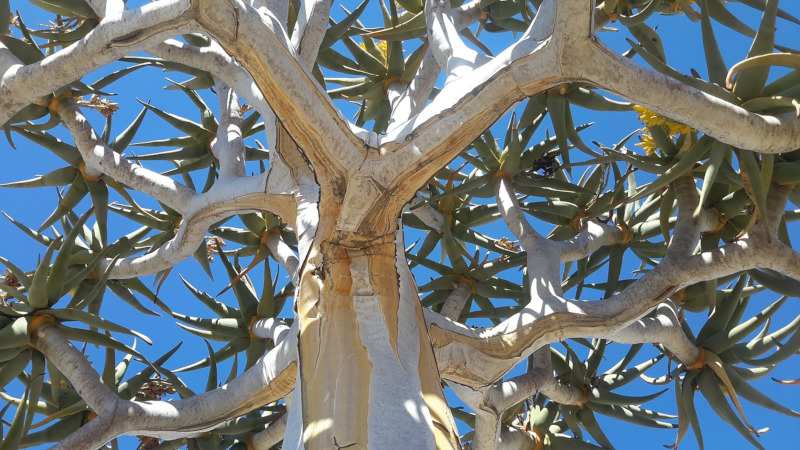
Quiver Tree Physical Description
This misunderstanding of the nature of the Quiver Tree comes as no great surprise to anyone who knows much about this wonder of evolution. That statement further holds true for one very good reason. That’s the fact of its sheer, amazing, physical size.
Individual specimens of this magnificent type of flora can sometimes attain heights of as much as 30 ft (9.14 m). The great majority of specimens, though, remain much smaller than that. Yet, its height alone isn’t what makes it stand out from other succulents.
Firstly, the remarkable Quiver Tree develops a long, slender trunk, much like a tree, leading to the understandable confusion. Secondly, from this springs numerous long branches. Each of these has a very smooth outer covering, along with a thin layer of off-white powder.
The bark also garners attention for its uniqueness. This part of the plant has a light brownish color. This also has a scaled pattern, however, along with razor-sharp edges. Its leaves also present as bluish green, and its flowers display as a brilliant yellow shade.
- Kingdom: Plantae
- Phylum: Tracheophytes
- Class: Angiosperms
- Order: Asparagales
- Family: Asphodelaceae
- Genus: Aloidendron
- Species: A. dichotomum
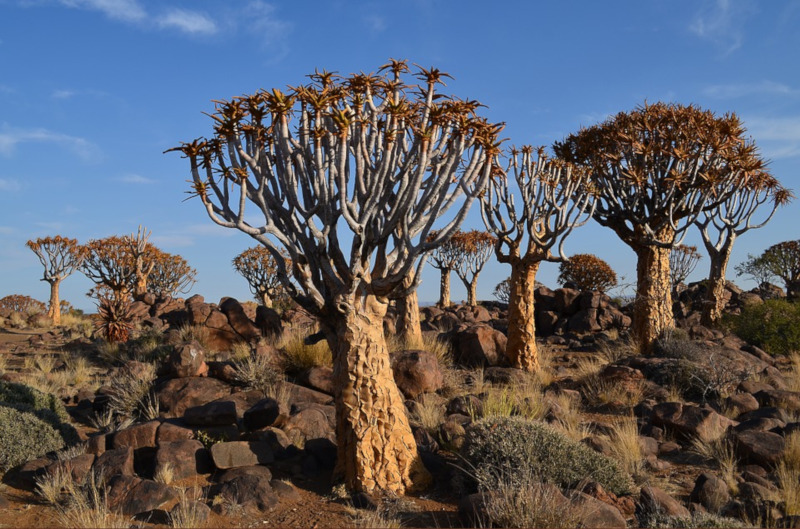
Quiver Tree Distribution, Habitat, and Ecology
To the surprise of many, the astonishing succulent commonly known as the Quiver Tree inhabits a moderately large portion of the world. That’s because the plant evolved as native to the area that now forms the countries of South Africa and Namibia, in Africa.
Within the confines of South Africa, however, this incredible form of succulent mainly inhabits a tiny portion of the country. That’s due to the fact that it primarily occurs in the Northern Cape region of the country. Specimens do occur elsewhere there, but rarely.
Given the region of the globe in which it evolved the preferred habitat of this species comes as no great surprise. Due to its evolution, this fascinating flora only appears in extremely hot, arid regions. Its own nature hinders its chances of survival, however, even here.
That’s true because, surprisingly, even within this area, it has highly specific requirements. More sprecifically, not only must the region be hot and arid, it must also be quite rocky in nature. The precise reason for such specific evolution remains a mystery, though.
Uniquely, however, despite such highly restrictive attributes, it frequently appears in large numbers. In fact, the vast majority of known will specimens of the Quiver Tree live in large groupings. These large groupings actually bear the name of Quiver Tree Forests.
These plants also play vital roles in their local ecosystems. That’s due to the fact that many serve as home to nests of birds known as weavers. These avians construct enormous communal nests within the dense branches, which serves as a deterrent to predators.
Species Sharing Its Range


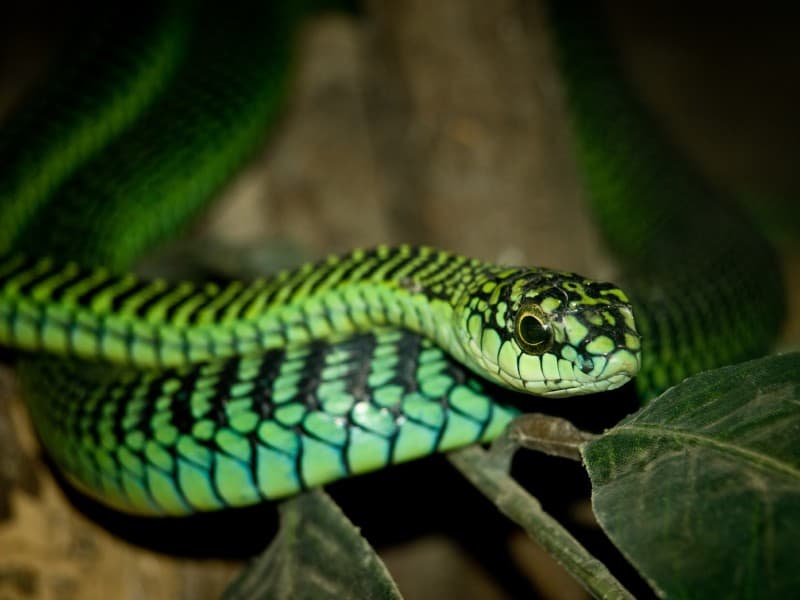
Check out our other articles on 5 Rare Mind-Blowing Cloud Types, Kakapo, Christmas Island, Palos Verdes blue, Aardwolf, Giant Trevally, Evening Cicada, Ascension Island Parsley Fern, Gharial









I bought a one gallon pot holding two small separate specimens of this plant a decade or so ago and planted it in an east/southeast spot adjacent to my patio. I intended to separate them but never did. The larger is about six feet tall and divided at the top into three branches. The shorter one is about 3 feet tall and unbranched. I have a number of different aloe species in my yard. All are beautiful, some have spikes of yellow blooms, others red orange. They are outstanding plants in the low desert area of the southwest, almost entirely carefree, surviving on native rainfall and thriving with an occasional drink from the faucet. Some rapidly reproduce themselves with off shoots and I nurture and replant them in different areas of my yard in the fall. It’s a strikingly beautiful plant.
were can you get seeds or inport this for growing
Hello Evelyn,
Amazon.com advertises that they sell seeds for this particular species.
Good luck!
OBP
Is quiver tree territorial
Hello Rauha,
Thank you for your excellent question. Although recent evidence does indicate that some plant species are indeed territorial, in their own way, there’s no current evidence of it in this particular species…at least not for the moment.
Sincerely,
OBP